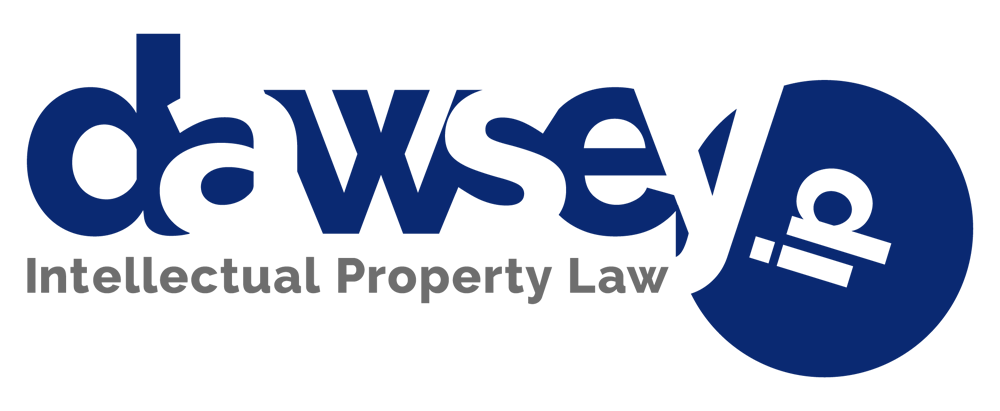
Patent Law and Offers for Sale
© 2003, Dawsey Co., LPA
May 2003
Recently the Court of Appeals for the Federal Circuit (CAFC) clarified the law as to what constitutes an offer for sale under 35 USC §102(b) in the case of Lacks Indus., Inc. v. McKechnie Vehicle Components USA, Inc. With regard to sales, §102(b) states, in essence, “[a] person shall be entitled to a patent unless . . . the invention was . . . on sale in this country, more than one year prior to date of the application for patent in the United States . . . .” This leaves a lot to interpretation as to what constitutes “on sale.”
It is important to note that “on sale” does not mean that an “actual sale” has taken place. In fact, an invention is said to be “on sale” when either sold in an arms-length transaction to a third party, or there is an offer for sale. Prior to the Lacks decision there was confusion in the courts as to what constituted an offer for sale, and what law governed such a determination.
In Lacks the CAFC, following the precedent of Group One, Limited v. Hallmark Cards, held that only an offer that rises to the level of a commercial offer for sale, in other words, one in which the other party could make into a binding contract by simple acceptance, would preclude an applicant from obtaining a patent under §102(b). The CAFC further emphasized that Federal Circuit law, not state law, is to be used in determining if certain events rose to the level of a commercial offer for sale. As such, one should begin any offer for sale analysis with a review of the Uniform Commercial Code (UCC).
The CAFC vacated and remanded the U.S. District Court for the Eastern District of Michigan’s finding that Lacks’ commercial activities invalidated many of the claims of the one of Lacks’ patents. Lacks sued two competitors for infringement of three patents held by Lacks that cover various aspects of cladded wheels. A portion of the litigation focused on Lacks’ own pre-critical date sales promotion activities and whether they gave rise to the on-sale bar, thereby invalidating several claims. Much of the District Court holding on this issue centers on an eleven-page “Wheel Meeting Agenda” document that included a description of Lacks’ product and its benefits, a plan to “validate assemblies following a plan jointly developed with [the] customer,” and approximate cost savings as a result of using Lacks’ product. The Special Master appointed by the District Court found that this was evidence of an offer for sale and invalidated several claims. However, on appeal the CAFC found that the Special Master incorrectly applied contract law principles that do not govern §102(b).
On appeal the CAFC utilized the UCC standard in determining if the documents rose to the level of a commercial offer for sale and determined that they did not. The defendants asserted that this “Wheel Meeting Agenda” document is proof of an offer for sale because “this is how business is done in the automotive industry,” trying to argue “course of dealings” and evidence of “practice in the industry” as permitted for consideration by the UCC. The CAFC did not find enough evidence on record to agree with the defendants claim and remanded the issue to the District Court.
Therefore, if one must have meetings with third parties prior to filing a patent application, a clear understanding of what constitutes a commercial offer for sale, as defined by contract law, is essential.
